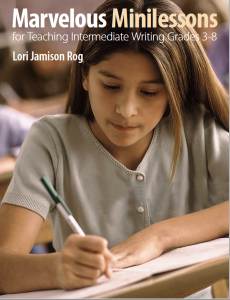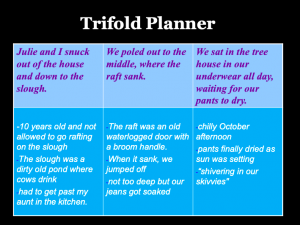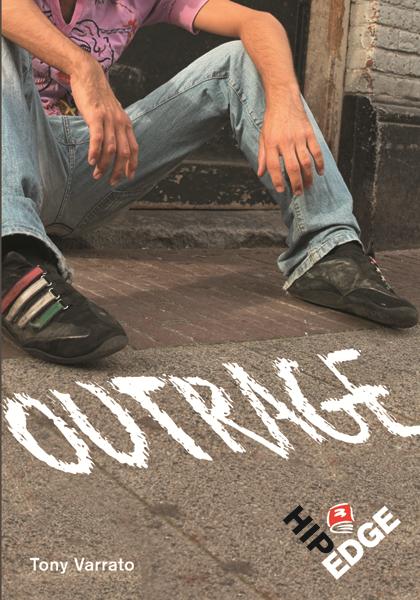THE PERSONAL NARRATIVE – Telling Your Own Story
Personal Narrative, Memoir, or Recount Writing is a great way to start the school year in any grade. The content and form are already familiar to most students so they don’t need to research or imagine details. Unlike the Fictional Narrative, the Personal Narrative isn’t necessarily based on a problem and solution, though the story should open with a grabber, rise to a climax and wrap up neatly.
A complete unit on Teaching Narrative Writing may be found in Marvelous Minilessons for Teaching Intermediate Writing by Lori Jamison Rog.
FEATURES OF THE TEXT FORM
- Tells the story of something that happened to the author or narrator.
- Usually (though not always) organized as Beginning, Middle, End.
- Details/events are usually presented chronologically.
- Often told in a first-person storytelling voice that reflects audience and purpose.
- Characterized by vivid verbs and precise nouns.
- Sentences are varied in length and form to add rhythm and cadence.
- Employs various literary techniques such as metaphors or alliteration, though not usually flowery language.
- Often includes dialogue.
TEACHING NARRATIVE WRITING
LEARNING GOALS FOR PERSONAL NARRATIVE WRITING
STUDENTS WILL BE ABLE TO:
- Choose a topic from personal experience and focus on the most important/interesting part (e.g., instead of “My Trip to Florida”, try “Risking my Life on Space Mountain.”)
- Offer rich and specific details to tell the story and engage the reader. Determine which details warrant elaboration.
- Organize the details in a logical sequence.
- Establish an engaging first-person “storytelling” voice.
- Match writer’s voice and tone to audience and purpose (how you want the reader to respond).
- Craft varied and interesting sentences that make the writing flow.
- Use vivid verbs and precise nouns.
- Employ literary techniques as taught (e.g., comparisons, alliteration, foreshadowing, dialogue)
- Revise for clarity of content and effectiveness of language.
- Publish with a standard of conventions appropriate to grade level.
This simple but versatile graphic organizer works well for a range of text forms, but is particularly useful for planning personal narrative writing.
The Trifold Planner requires the writer to outline the beginning, middle and end of the story, then add details to each section. (If desired, you can even add a strip at the top and bottom to plan an opening and closing.) Using this organizer makes students less likely to omit key details or relate them out of order. Plus, it lends itself to paragraphing!
Click here to see a complete lesson series for teaching the Trifold Planner.









